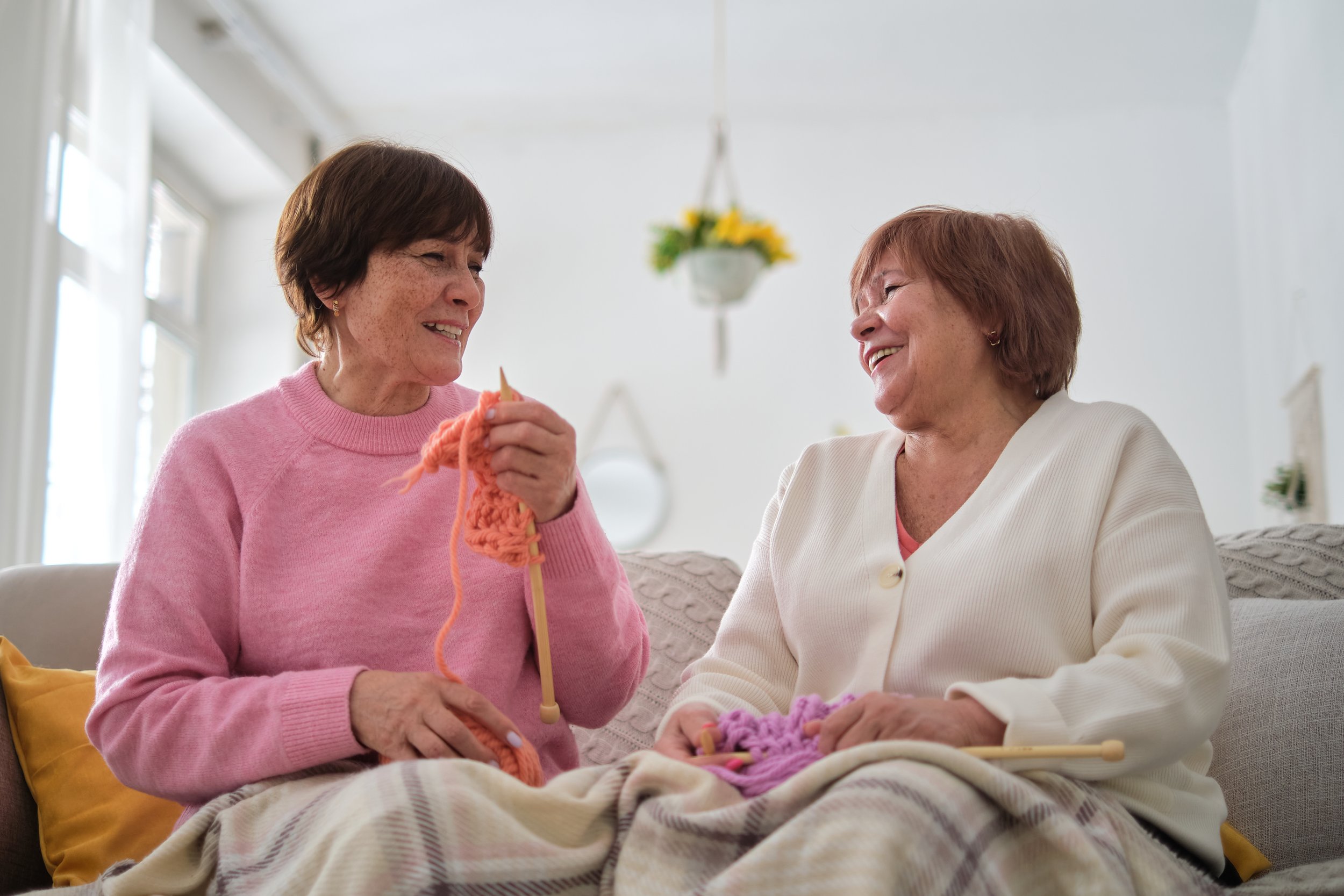Combatting Loneliness: A Guide to Supporting Older Loved Ones During the Holiday Season and Beyond"
The holiday season is often a time of joy and celebration, filled with good food, warm gatherings, and cherished moments with friends and family. However, for a significant portion of the older population, it can also be a stark reminder of the loneliness they may feel. Loneliness, a pervasive issue that extends beyond the holiday season, poses serious risks to both the physical and mental well-being of older adults. In this article, we explore the impact of loneliness on seniors and offer practical tips to help combat isolation and foster meaningful connections.
The Loneliness Epidemic:
According to the U.S. Census, as many as 27% of adults aged 65 and older live alone, but living alone doesn't necessarily equate to loneliness. Loneliness is a complex emotional state that can affect anyone who lacks meaningful connections. Recent research indicates that loneliness can have significant health implications, rivaling the impact of smoking and surpassing other risk factors such as obesity and sedentary lifestyle.
Addressing Loneliness:
Make Communication a Priority:
Loneliness often stems from a lack of social interaction. Encourage regular communication through phone calls or video chats, especially during the holiday season. Taking the time for meaningful conversations helps older adults feel connected and valued. Schedule weekly talks to maintain ongoing communication and combat feelings of isolation.
Facilitate Social Activities through Local Organizations:
Encourage participation in local community organizations, including places of faith or senior centers. These spaces provide opportunities for group activities and social engagement. Accompanying your loved one on their first visit can ease any apprehension. Connecting with like-minded individuals fosters a sense of community and combats loneliness.
Explore Hobbies and Interests:
Discover and support the hobbies and interests of older adults. Whether it's joining a book club, attending sewing circles, or taking adult education classes, engaging in activities of interest creates opportunities for social interaction. Even seemingly solitary hobbies can transform into social experiences, enriching their lives and combating loneliness.
Identify Opportunities for Any Time of Day:
Loneliness can strike at any time. Provide options for your loved one to combat isolation independently. Online communities, such as Mental Health America's support community, offer a platform for continuous communication. For those who prefer phone conversations, services like The Friendship Line provide a caring ear 24/7. Being aware of these resources empowers older adults to seek support whenever they need it.
Addressing Persistent Loneliness:
If steps to address loneliness prove ineffective, it's crucial to recognize signs of depression. Mental Health America offers a free, anonymous, and confidential depression screener online at MHAScreening.org. Screening serves as the first step in determining whether professional help is necessary to address mental health conditions.
As we celebrate the holiday season, let's remember the importance of fostering connections and supporting the well-being of older adults. Combatting loneliness requires a collective effort, with family, friends, and communities coming together to ensure that every individual feels valued, connected, and supported throughout the year.
Sources:
1. U.S. Census Bureau. Current Population Survey, Annual Social and Economic Supplement. Found on the internet at https://www.census.gov/data/datasets/time-series/demo/cps/cps-asec.html
2. Anderson, G. Oscar and Colette E. Thayer. Loneliness and Social Connections: A National Survey of Adults 45 and Older. AARP Research. September 2018. Found on the internet at https://www.aarp.org/research/topics/life/info-2018/loneliness-social-connections.html


